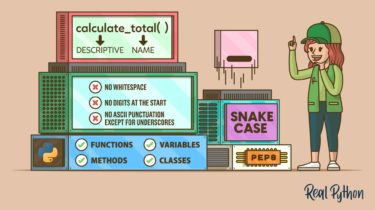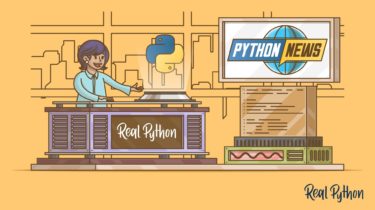5 Tips for Getting Started with Deep Learning
Image by Author | Midjourney Deep learning is a subset of machine learning that has become a cornerstone in many technological breakthroughs. At the core of deep learning, it’s a model inspired by the human brain, which we call a neural network. Contrary to the traditional machine learning model, deep learning can automatically find feature representations from data. That’s why many domains, including computer vision, speech recognition, text generation, and many more, use deep learning as their technology basis. With […]
Read more




